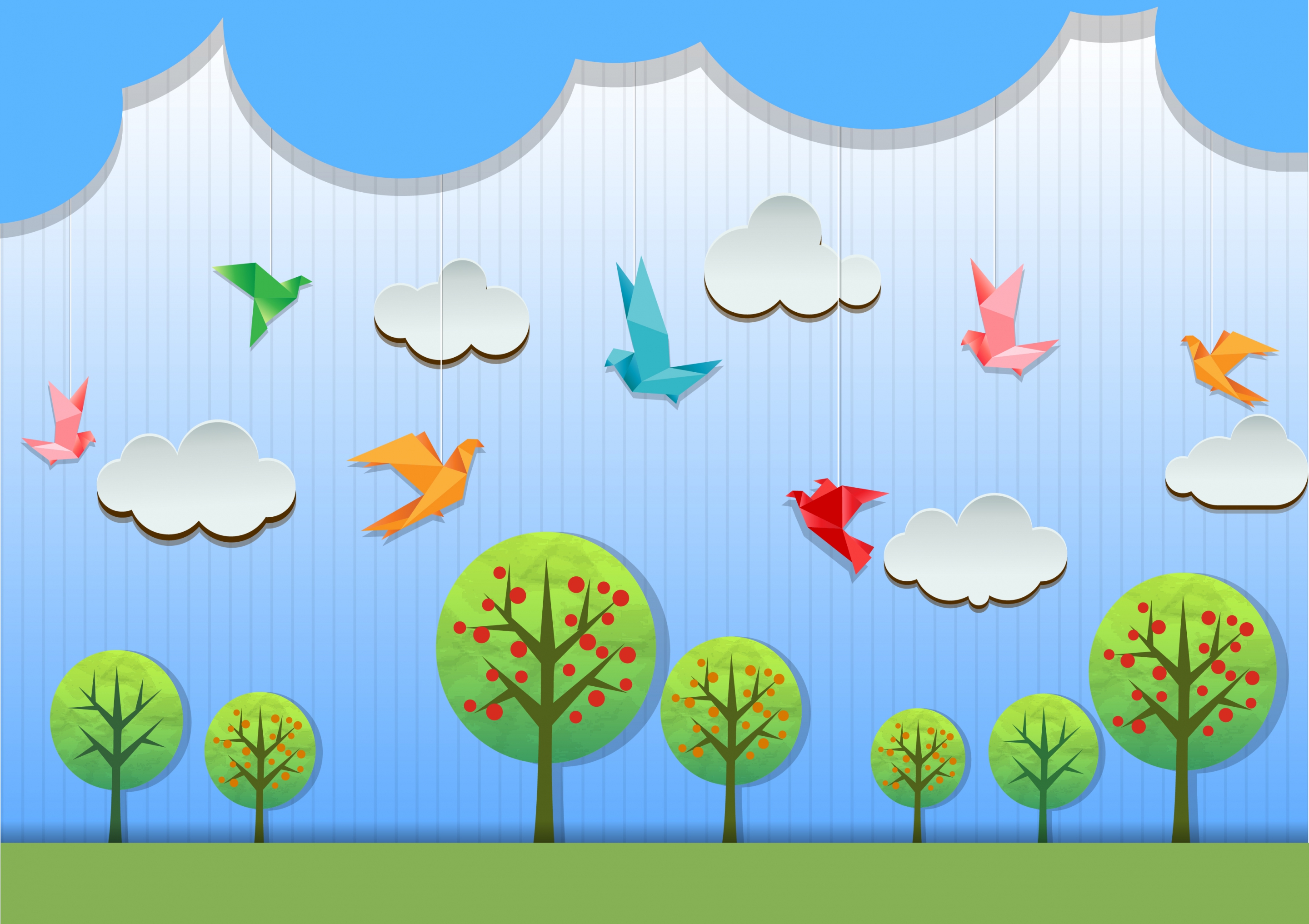Classes Revisited
Lets take a second look at classes. This time, rather than focusing on a single object-class, we will have several interconnected object classes, introduce class-level features and the concepts of properties and access permission.
Some of the material in this module will be review.
